In the Fast & Furious franchise, when a major character is killed off, there’s almost a 100 percent chance that he or she will return in a subsequent film.
On the automotive side, Dominic Toretto’s 1970 Dodge Charger R/T often gets destroyed beyond repair, only to reappear in pristine, show-ready condition in the next movie.
The point is, in the world of cars, characters and vehicles can be resurrected, so why not an entire car company? Among all the defunct automakers, Pontiac is the one that truly deserves a second chance at life.
For a long time, Pontiac served as General Motors’ performance division, producing faster versions of Chevrolet cars and fueling the classic era of American muscle.
Firebirds were more aggressive than Camaros, and the GTO was the car that made every other automaker start putting big V-8 engines into cool-looking mid-sized cars.
Even up until its shutdown in 2010, Pontiac was still creating impressive performance vehicles. Should Pontiac make a comeback, there are a few classic models that should make up their revamped lineup.
Pontiac Astre
One such model is the Pontiac Astre, a subcompact that might not be well-remembered by many but had significant potential.
Despite its great sporty looks, it lacked the performance to match, falling short of becoming a legend. With a 200-horsepower turbo engine, however, the Astre could have been something extraordinary.
Despite this, it remains a cool, underrated ride that deserves a second chance to impress drivers. The Astre was a hatchback, a design feature that makes it particularly appealing for a reboot.
Given that no American automaker currently offers a hot hatch, an updated version of the Astre with a modern design and enhanced power could dominate the segment. One can easily imagine the potential of the car with a GM 310-horsepower 2.7-liter TurboMax I-4 engine.
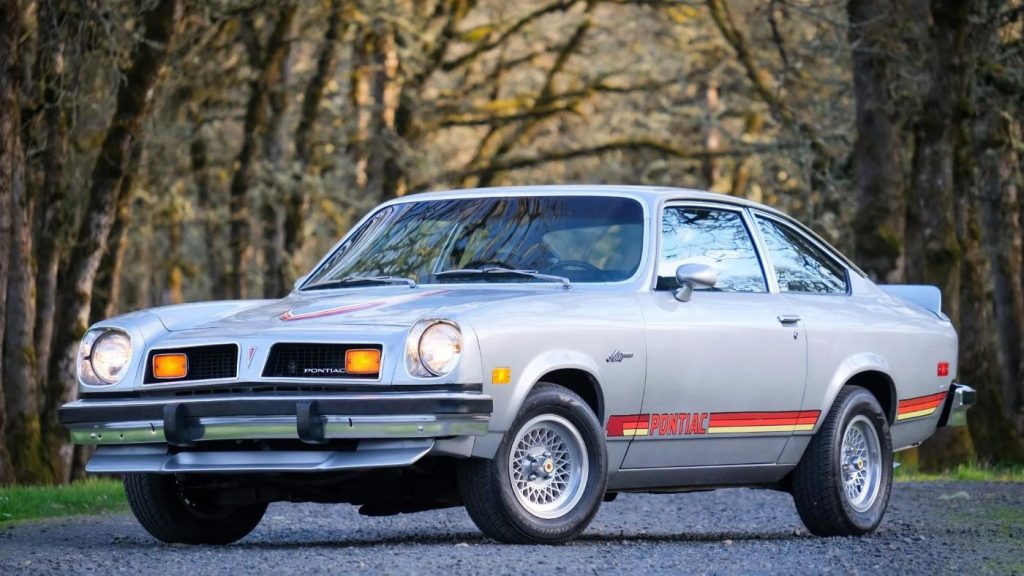
Pontiac Solstice
The 2006 Pontiac Solstice is another model that deserves a comeback. Although it is just shy of being a classic, it was so underrated that it has earned a spot on this list. The two-seat roadster was stunningly beautiful, often regarded as one of the best-looking cars ever made.
Not only did it boast an attractive design, but it also had the performance to match, especially the GXP model, which delivered the highest output of any GM car at the time, generating 2.1 horsepower per cubic inch of displacement.
With a 2.0-liter turbo I-4 engine, the 2007 Solstice GXP produced 290 horsepower and 340 lb-ft of torque, allowing it to go from 0-60 mph in just 5.6 seconds and reach a top speed of 123 mph.
The original MSRP for the Solstice GXP was $25,995, which would be about $39,466 adjusted for inflation.
The genius of reviving the Solstice is that it doesn’t need a major update. The design still looks fresh, and its performance is still impressive, nearly 20 years later.
Also Read: Top Nissan Cars That Surpass 250,000 Miles Without Trouble
While some upgrades to technology and driver assistance features could be beneficial, the Solstice was an incredible car when it was first released, and it has aged well in both appearance and performance.
Despite its success, it was discontinued due to the closure of the Pontiac brand. If given another shot, the Solstice could have been a huge hit.
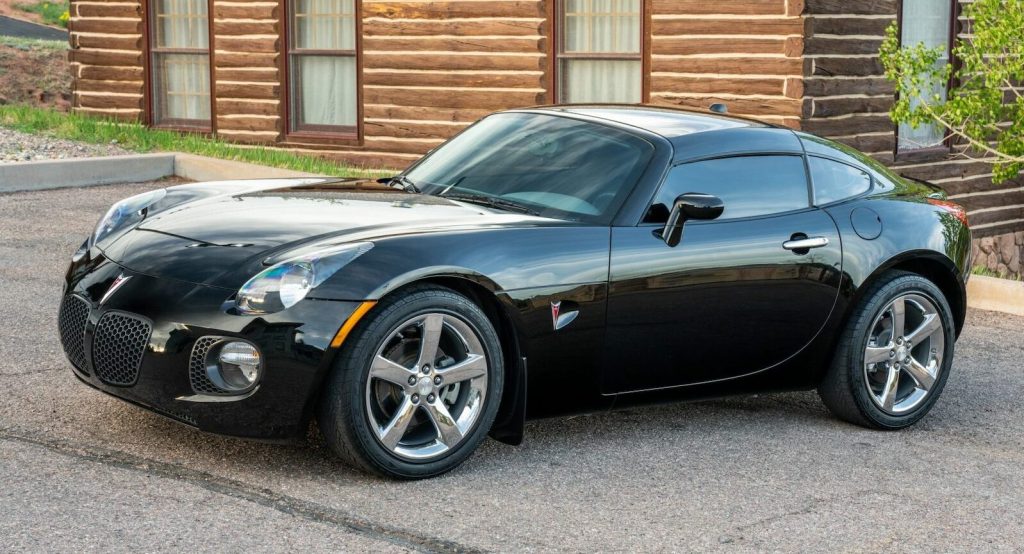
Pontiac Pathfinder
The Pontiac Pathfinder might seem like an unconventional choice, but there’s a method to the madness. This car was sold exclusively in Canada and shared similarities with the Chevy Bel Air and Pontiac Chieftain.
The reason it stands out over its U.S. counterpart is that the name “Pathfinder” avoids the cultural insensitivity associated with some Native American names today.
The Pathfinder was available as a two-door coupe, a four-door sedan, and a station wagon, with the station wagon version being particularly intriguing for a potential comeback. If revived, the Pathfinder could be reimagined as a modern crossover, a segment that is currently booming.
Although Nissan uses the Pathfinder name for an SUV, it’s important to note that Pontiac originally owned the name. A modern iteration of the Pathfinder would need to be powerful, perhaps akin to the Dodge Durango, offering both off-road capabilities and street muscle performance.
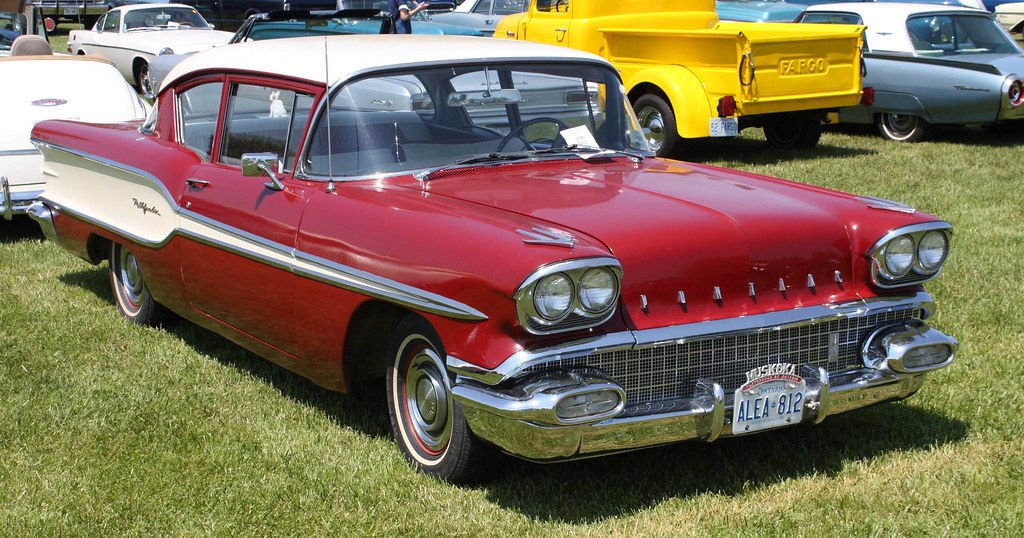
Pontiac GTO Judge
As for the Pontiac GTO Judge, this isn’t the only GTO on the list, but the second-generation GTOs are so distinct from the original that they could almost be considered entirely different cars.
The 1964 GTO was based on the Pontiac Tempest, which was discontinued after the 1970 model year, and the second-generation models benefited when GM lifted its engine size restrictions in 1970, allowing them to feature massive V-8 engines.
The GTO Judge, specifically the 1971 model with the Mountain Performance package, was the top performance trim and considered one of the coolest-looking cars.
The 1971 GTO Judge could run the quarter-mile in the 13-second range, and only 357 units were ever sold, making it a rare gem that deserves to be revived.
A modern GTO Judge should retain its aggressive appearance and be equipped with the most powerful engine GM can offer, making it a muscle car for today’s world.
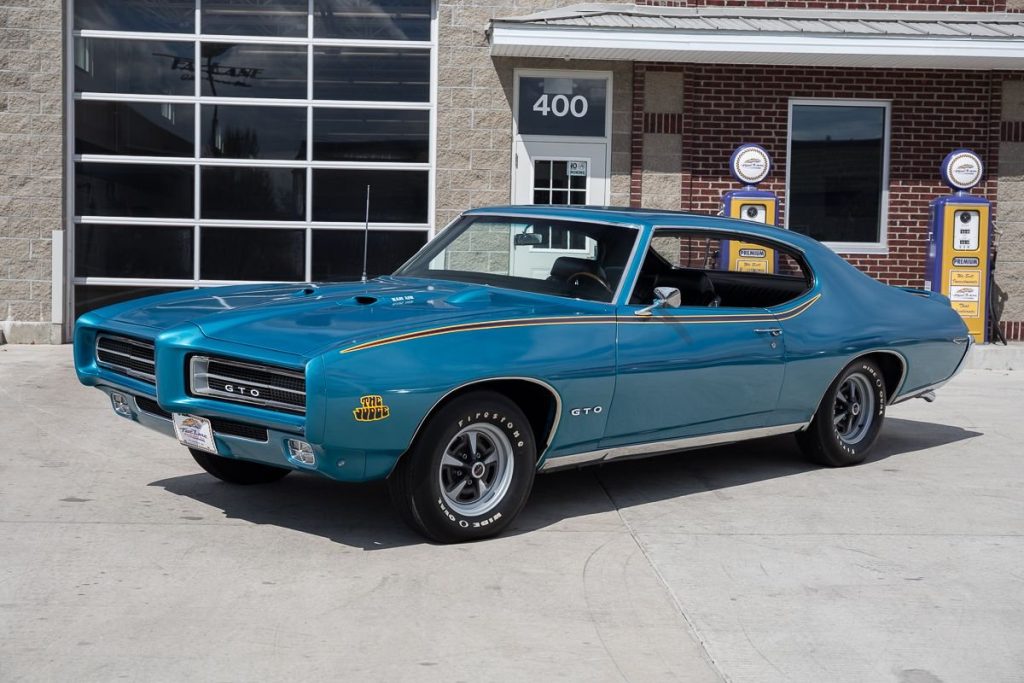
Pontiac Firebird
The Pontiac Firebird debuted a few months after its cousin, the Chevrolet Camaro, with its release in February 1967. Although the Camaro arrived first, the Firebird proved to be the superior pony car, offering a bigger top engine option and better overall performance.
While the Camaro’s name was a nonsensical term at the time, “Firebird” conveyed power and speed, making it a fitting name for a car designed to burn rubber off the line.
The 1967 Firebird, equipped with a 400ci V-8 engine producing 325 horsepower and 410 lb-ft of torque, could accelerate from 0 to 60 mph in 6.0 seconds and complete the quarter-mile in 14.7 seconds, reaching a top speed of 116 mph. The original MSRP was $2,666, which adjusted for inflation is about $25,127 today.
Given the Firebird’s timeless design, a modern reboot would likely succeed without requiring a large marketing budget, especially with the discontinuation of the Camaro in 2024. Bringing back the Firebird would allow it to shine on its own, filling the void left by its Chevy counterpart.
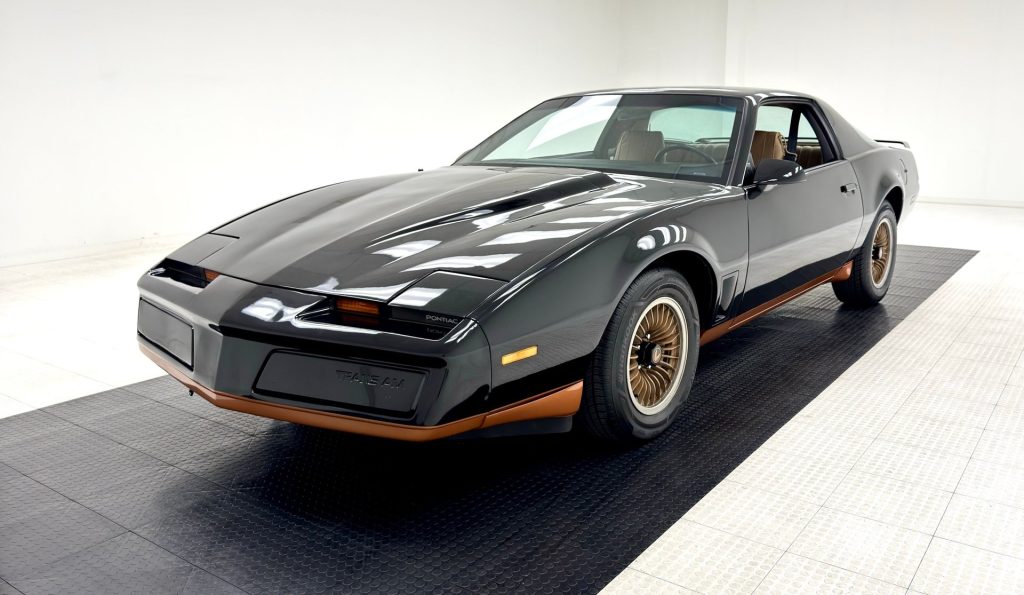
Also Read: 10 Best Daily Drivers for Harsh City Traffic With Best Fuel Efficiency
Pontiac Fiero
The Pontiac Fiero represents one of the biggest missed opportunities in GM’s history. This mid-engine sports car had the potential to rival the Chevrolet Corvette but ultimately failed due to underperformance.
Pontiac aimed to make the Fiero the fastest subcompact ever, but GM didn’t want it to surpass the Corvette’s performance, resulting in the car being underpowered. Early models also suffered from issues, such as the tendency to catch on fire, which further tarnished its reputation.
The 1988 Fiero GT, for instance, had a 2.8-liter V-6 engine producing 135 horsepower and 160 lb-ft of torque, which allowed it to reach a top speed of 126 mph and accelerate from 0 to 60 mph in 7.5 seconds.
Despite these shortcomings, the Fiero has a solid design that hasn’t aged poorly. A modern Fiero comeback could make a significant impact as a mid-engine American sports car, provided the performance issues were resolved and the design was slightly updated.
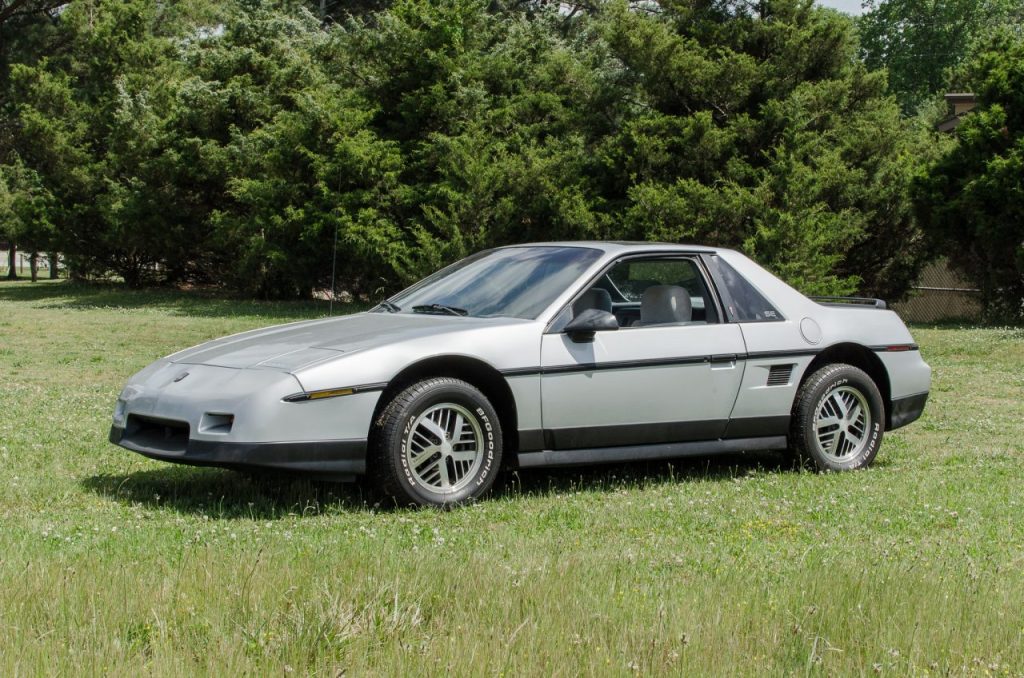
Pontiac Grand Prix
The Pontiac Grand Prix is often debated as being the first muscle car, though it was technically a full-size rather than a mid-size vehicle.
The Grand Prix played a pivotal role in the birth of the muscle car era, as John DeLorean, inspired by the 389ci TriPower triple-carb engine in the early ’60s model, decided to place it in the Pontiac Tempest, thus creating the GTO and sparking the muscle car revolution.
However, the 1962 Grand Prix, which featured a 421ci V-8 engine with a dual four-barrel carburetor, was far from ordinary, producing over 400 horsepower.
The 1962 Grand Prix, with its 421ci V-8 engine, was capable of 405 horsepower, 460 lb-ft of torque, and a top speed of 135 mph, achieving a 0-60 time of 6.0 seconds and completing the quarter-mile in 14.3 seconds.
The original MSRP was $3,490, or around $36,378 when adjusted for inflation. Early Grand Prix models were positioned as luxury vehicles with considerable power, making them a unique blend of performance and comfort.
Bringing this iconic car back to life in today’s market would mean reviving a high-performance full-size luxury sedan, something that would fit in perfectly with the current demand for luxury sedans, especially considering the discontinuation of the Cadillac CT6 in 2020.
The original Grand Prix successfully balanced aggression with elegance, and a modern version could easily continue that legacy in today’s automotive landscape.

Pontiac 2+2
The Pontiac 2+2, another full-size performance vehicle, also played a significant role in the muscle car era and is often seen as the big brother to the GTO.
It debuted in 1964 as a top trim for the Pontiac Catalina before becoming its own model in 1965, and later returning as a performance package in 1967. Named the 2+2 for its configuration of two front seats and two rear seats, it epitomized American luxury and performance in the mid-1960s.
The 1965 model was powered by a 421ci V-8 engine, generating 320 horsepower and 455 lb-ft of torque, enabling it to go from 0 to 60 mph in 7.4 seconds and complete the quarter-mile in 15.8 seconds, with a top speed of 120 mph.
The original MSRP was $4,464, or about $44,611 adjusted for inflation. The 421ci V-8 in the 1965 2+2 was considered underrated, being a high-compression version of the same engine in the 1962 Grand Prix but with lower performance figures.
A modern reinterpretation of the Pontiac 2+2 could easily serve as the top trim for a resurrected Grand Prix. With Pontiac’s revival, offering multiple tiers of luxury and performance, this car could be an excellent addition, blending serious retro appeal with modern automotive technology.
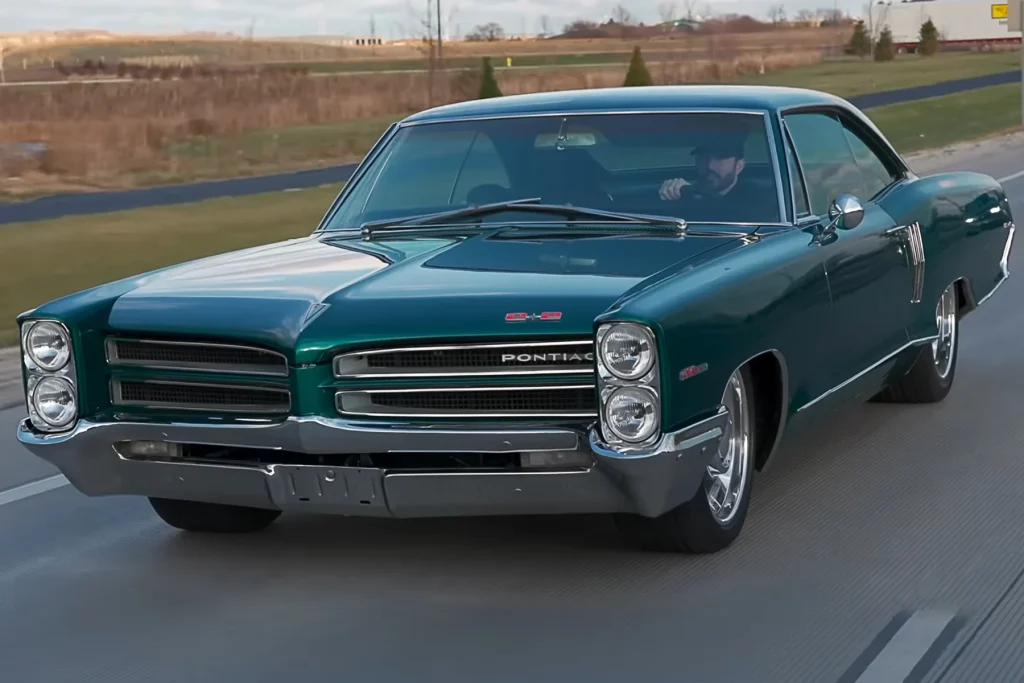
Pontiac Trans Am
In 1973, when most classic muscle cars either vanished or were burdened with underpowered engines, the Pontiac Trans Am 455 Super Duty stood as the last great example of the era.
It was the only American car capable of running a quarter-mile in the 13-second range until well into the 1980s.
Despite this performance, it didn’t compromise its bold, aggressive styling to appear more family-friendly or mainstream. The second-generation Firebird, specifically the Trans Am 455 Super Duty, was a true rebel, a survivor, and a hero that deserves a comeback.
Equipped with a 455ci V-8 engine, it delivered 335 horsepower and 480 lb-ft of torque, making it capable of achieving a 0-60 time of 5.4 seconds and a quarter-mile time of 13.9 seconds, with a top speed of 118 mph. The original MSRP was $4,200, which would be about $29,778 when adjusted for inflation.
While the first-generation Firebird has already been discussed, the second generation could be revitalized as a stand-alone model, perhaps similar to the now-discontinued Chevy Camaro but with even more power.
Of course, it would come with the iconic full-hood “screaming chicken” decal, solidifying its legacy. It’s somewhat surprising that Chevy never created a special edition Camaro like the Trans Am or Z-28 before ending its production, so the next-generation Firebird could right this wrong.
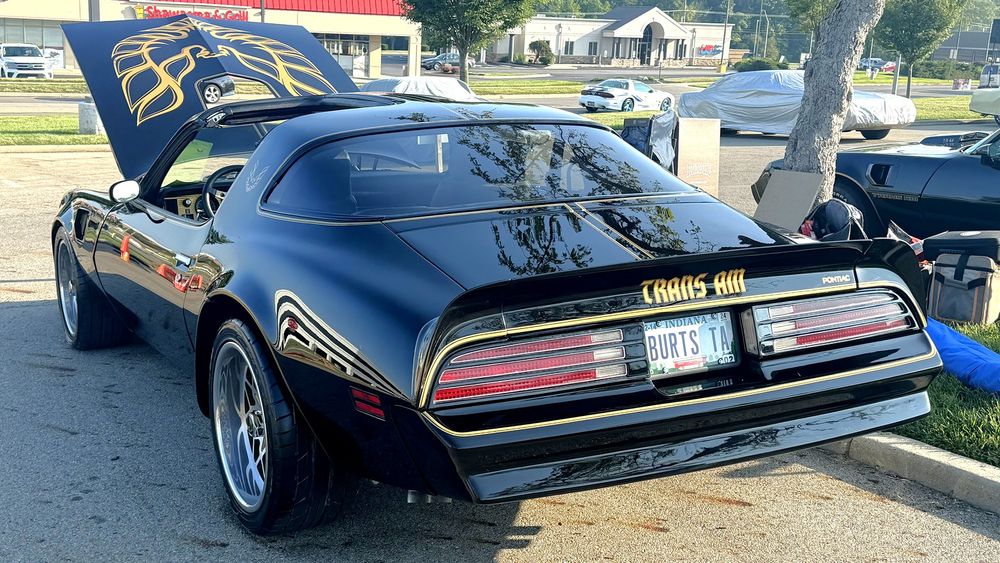
Pontiac GTO
When considering the ultimate classic Pontiac to reboot, the Pontiac GTO undoubtedly takes the top spot. The first-generation GTO was the car that launched the golden age of American muscle.
Originally a performance trim on the Pontiac Tempest, it became the first car specifically marketed to young people as a fast, powerful ride. The GTO set the standard for muscle cars, sending competitors scrambling to catch up.
This timeless classic continues to look cooler with each passing year, with its bold stance and design exuding raw power and intimidation. The 1964 GTO, powered by a 389ci V-8 engine, produced 348 horsepower and 428 lb-ft of torque. I
t could accelerate from 0 to 60 mph in 4.6 seconds, complete a quarter-mile in 13.1 seconds, and reach a top speed of 115 mph. The original MSRP was $4,500, or approximately $45,696 adjusted for inflation.
A modern GTO should maintain its aggressive, yet simple design while incorporating power options that rival the competition. It needs to blend the familiar aesthetic with a contemporary twist, especially in terms of its iconic front fascia.

While Pontiac did attempt to bring back the GTO in the early 2000s, it lacked the true muscle car spirit and appeal. For the GTO to make a proper comeback, it must preserve its bold and iconic look while evolving into a modern-day powerhouse.

